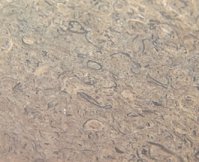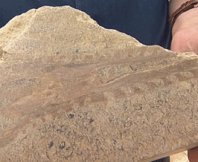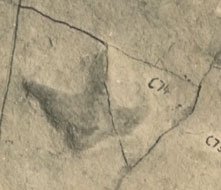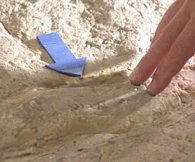Old Harry Rocks mark the Eastern most part of the Jurassic Coast world heritage Site. The sea stacks and cliff here consist of 80 million year old chalk, and these are amongst the youngest rocks found on the site.
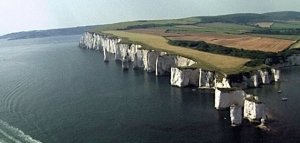
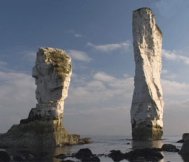
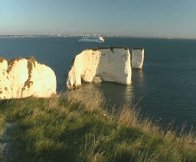
Ballard Down is owned and managed by the National Trust. Its Chalk Downland habitat is home to many rare flowers and insects.



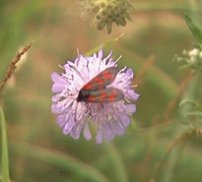
The cliffs here have been subject to great pressure. In one place a fault has formed in the strata, bending the normally horizontal layers through 90 degrees.

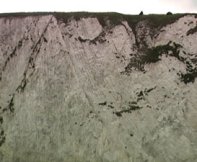
The seaside resort of Swanage has its history and wealth built on the quarrying of the local rock, Purbeck Stone.
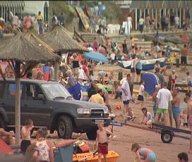
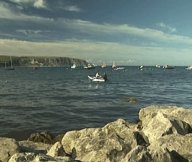
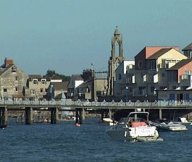

After the Great Fire of London in 1666, the stone was used to pave the capitals streets. This led to a boom in the demand for the stone.
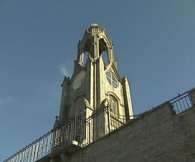
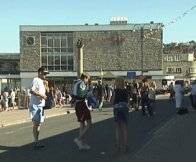
The Peveril RaceThe limestone Peveril Ledge stretches way out into the bay, creating an area of rough water when the tide is running. It has caused many shipwrecks over the years and its outer stretch is marked by a red can buoy.



The Purbeck stone has been quarried for centuries. Chris Suttle of Suttles Quarries take us back in time, comparing modern day techniques with the traditional manual extraction and finishing of the stone.

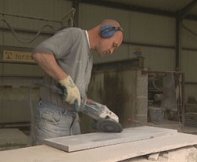


Stone would be dug by hand with picks and brought to the surface where it would be rough worked before being taken down to Swanage seafront by horse and cart to be stacked in a place called "The Bankers". Here it would wait until another horse and cart would take the stone into the sea to load small boats that ferried the cargo to bigger ships and barges waiting in deeper water.

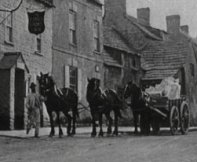
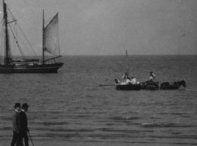
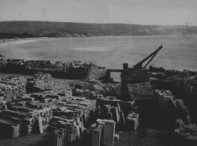
Fossils are found in the Purbeck Stone. The stone itself is made of millions of shell fragments from aquatic creatures, which inhabited freshwater lagoons around 135 million years ago. Crocodiles also lived in these lagoons and it is not unusual for their fossilised remains to be found during quarrying operations.
